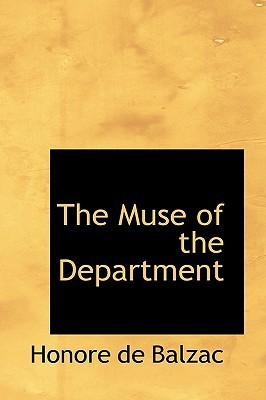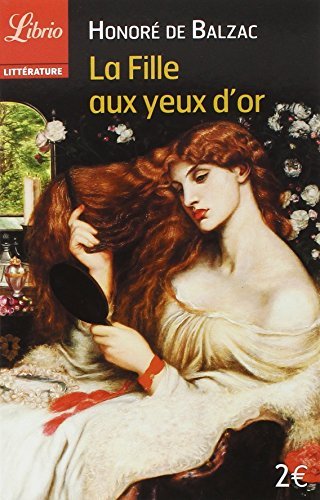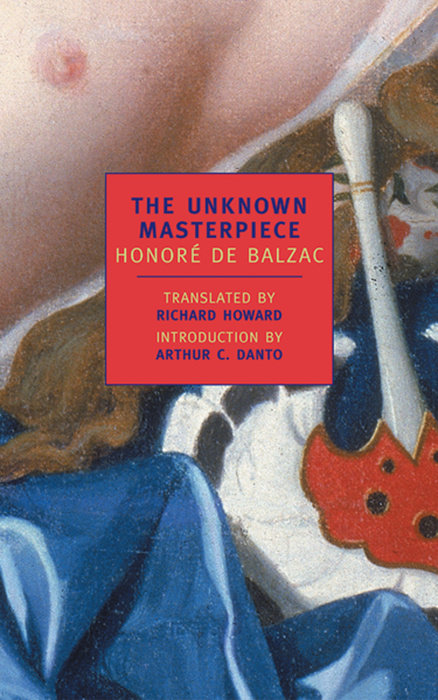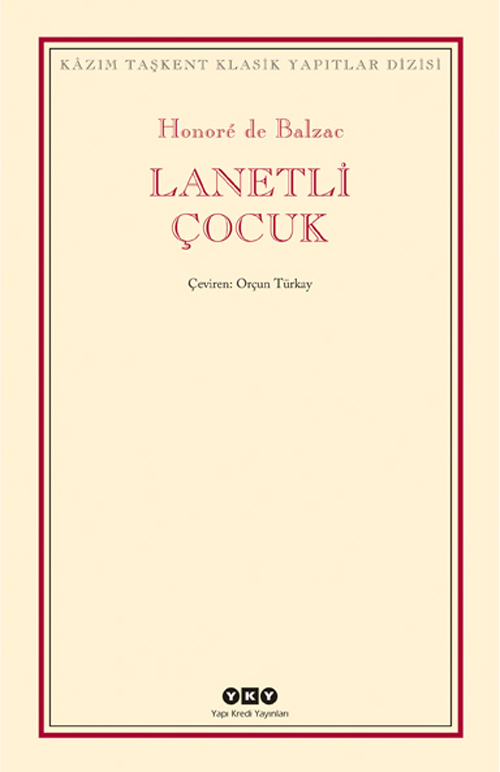


Books in series

La Maison du Chat-qui-Pelote
1829

The Ball At Sceaux
1829

Letters of Two Brides
1842

The Purse
1832

Modeste Mignon
1844

A Start in Life
1842

Albert Savarus
1842

La Vendetta
1830

A Second Home
1830

Domestic Peace
1830

Madame Firmiani
1831

Study of a Woman
1830

The Imaginary Mistress
1841

A Daughter Of Eve
1838

The Message
1833

La Grande Bretèche
2000

La Grenadière
1832

The Deserted Woman
1832

Honorine
1843

Beatriz
1838

Gobseck
1830

A Mulher De Trinta Anos
1834

Père Goriot
1835

Le Colonel Chabert
1761

The Atheist's Mass
1836

Commission In Lunacy
1836

The Marriage Contract
1835

Another Study Of Woman
1842

Ursula
1841

Eugénie Grandet
1833

Pierrette
1840

The Vicar Of Tours
1832

The Black Sheep
1842

The Illustrious Gaudissart
1833

The Muse of the Department
1843

La vieille fille
1836

Le Cabinet des Antiques
1839

Lost Illusions
1843

Cesar Birotteau
1837

The Firm Of Nucingen
1838

A Harlot High and Low
1838

The Secrets of the Princesse de Cadignan
1839

Facino Cane
1836

Sarrasine
1830

Pierre Grassou
1840

A Prince Of Bohemia
1840

Gaudissart II
1844

The Bureaucrats
1838

Les Petits Bourgeois
1854

The Wrong Side of Paris
1848

Ferragus, chef des Dévorants
1833

La duquesa de Langeais
1834

La Fille aux yeux d'or
1833

Cousin Bette
1846

Cousin Pons
1847

An Episode Under The Terror
1830

A Murky Business
1841

The Deputy Of Arcis
1847

Z. Marcas
1836

Les Chouans
1829

Une passion dans le désert
1830

The Country Doctor
1833

Vadideki Zambak
1835

Le Curé de village
1839

Les Paysans
1844

The Wild Ass's Skin
1831

Christ in Flanders
1831

Melmoth Reconciled
1835

The Unknown Masterpiece
1831

Gambara
1839

Massimilla Doni
1839

The Quest Of The Absolute
1834

The Hated Son
1831

Adieu
1830

Juana
1833

The Recruit
1831

El Verdugo
1830

A Drama On The Seashore
1834

Maître Cornélius
1831

L'Auberge Rouge
1831

Catherine De' Medici
1841

The Elixir Of Life
1830

The Exiles
1831

Louis Lambert
1832

Seraphita
1834

The Physiology of Marriage
1841

Piccole miserie della vita coniugale
1846
Authors

Honoré de Balzac was a nineteenth-century French novelist and playwright. His magnum opus was a sequence of almost 100 novels and plays collectively entitled La Comédie humaine, which presents a panorama of French life in the years after the fall of Napoléon Bonaparte in 1815. Due to his keen observation of fine detail and unfiltered representation of society, Balzac is regarded as one of the founders of realism in European literature. He is renowned for his multi-faceted characters; even his lesser characters are complex, morally ambiguous and fully human. Inanimate objects are imbued with character as well; the city of Paris, a backdrop for much of his writing, takes on many human qualities. His writing influenced many famous authors, including the novelists Marcel Proust, Émile Zola, Charles Dickens, Gustave Flaubert, Henry James and Jack Kerouac, as well as important philosophers such as Friedrich Engels. Many of Balzac's works have been made into films, and they continue to inspire other writers. An enthusiastic reader and independent thinker as a child, Balzac had trouble adapting himself to the teaching style of his grammar school. His willful nature caused trouble throughout his life, and frustrated his ambitions to succeed in the world of business. When he finished school, Balzac was apprenticed as a legal clerk, but he turned his back on law after wearying of its inhumanity and banal routine. Before and during his career as a writer, he attempted to be a publisher, printer, businessman, critic, and politician. He failed in all of these efforts. La Comédie Humaine reflects his real-life difficulties, and includes scenes from his own experience. Balzac suffered from health problems throughout his life, possibly due to his intense writing schedule. His relationship with his family was often strained by financial and personal drama, and he lost more than one friend over critical reviews. In 1850, he married Ewelina Hańska, his longtime paramour; he passed away five months later.